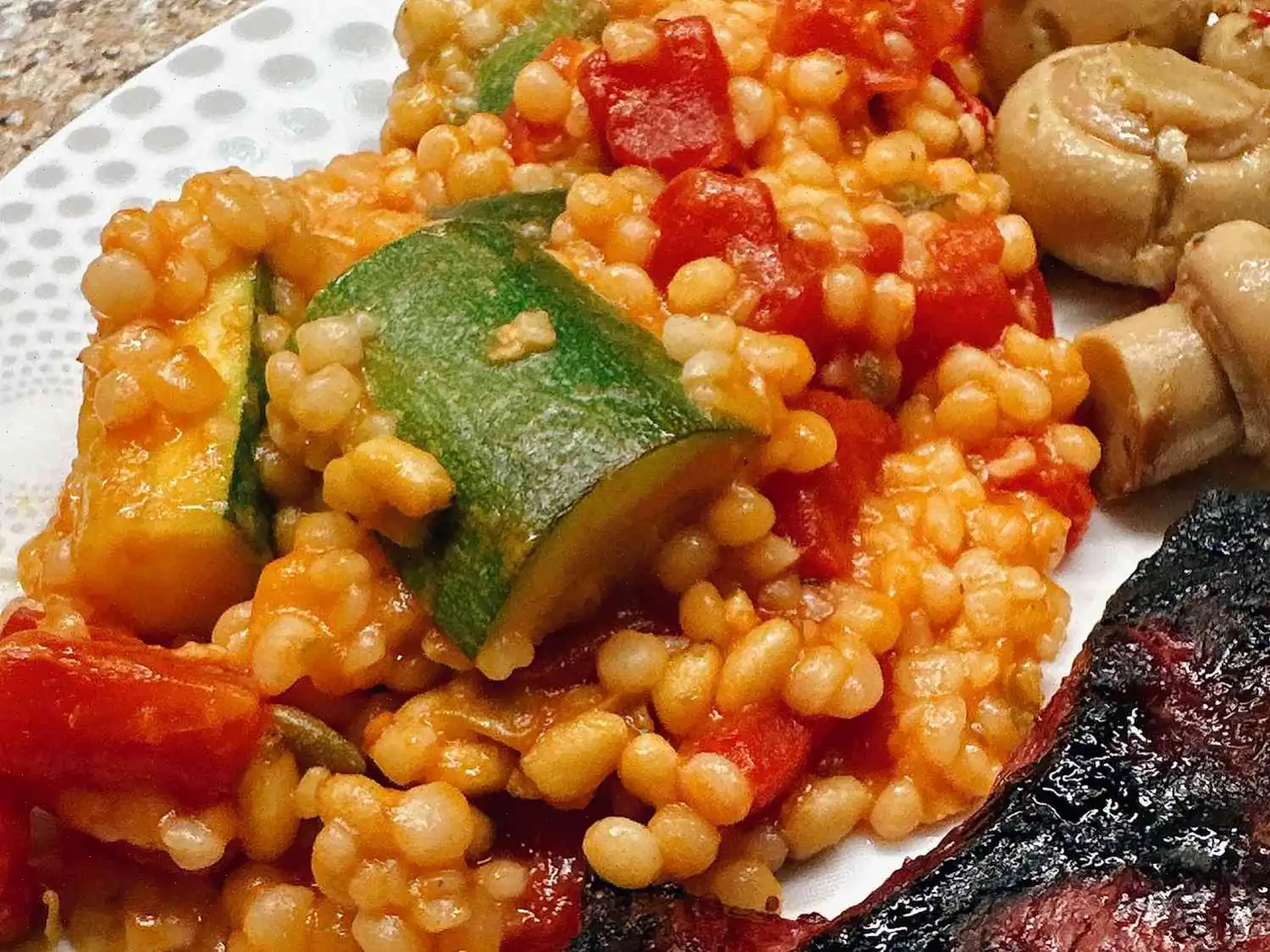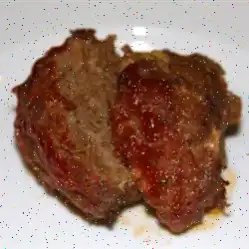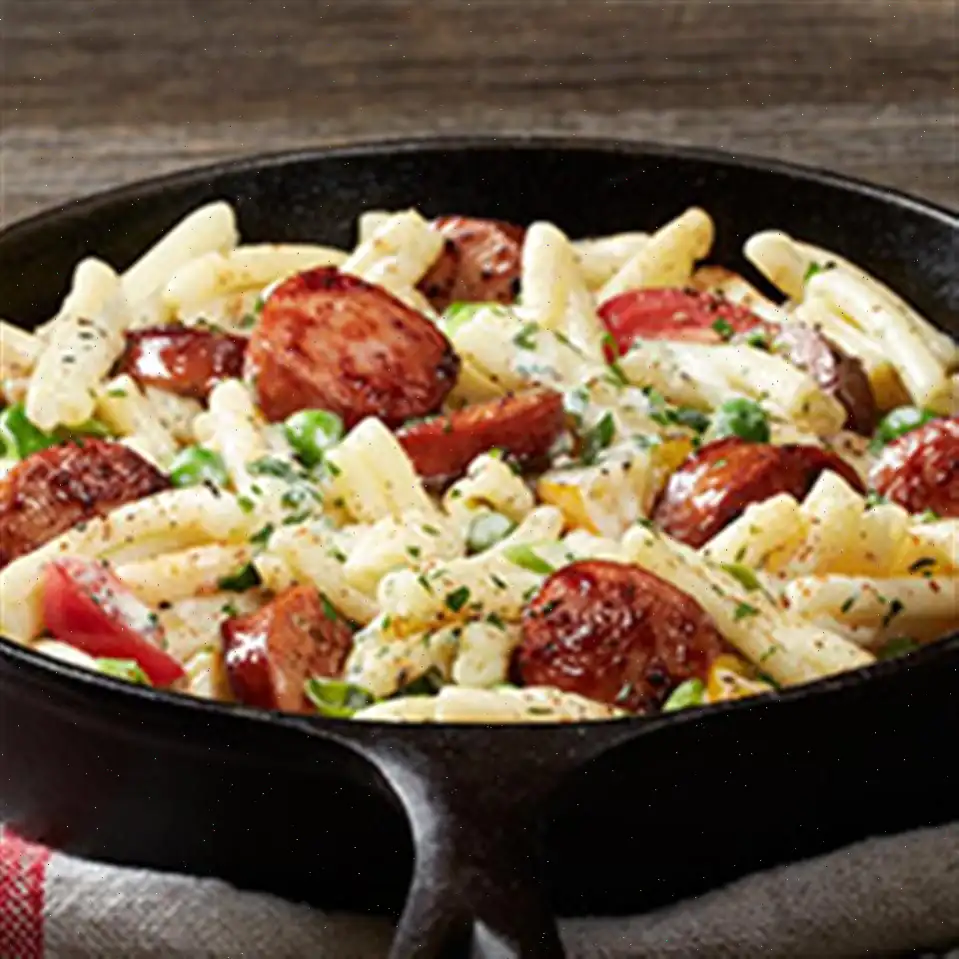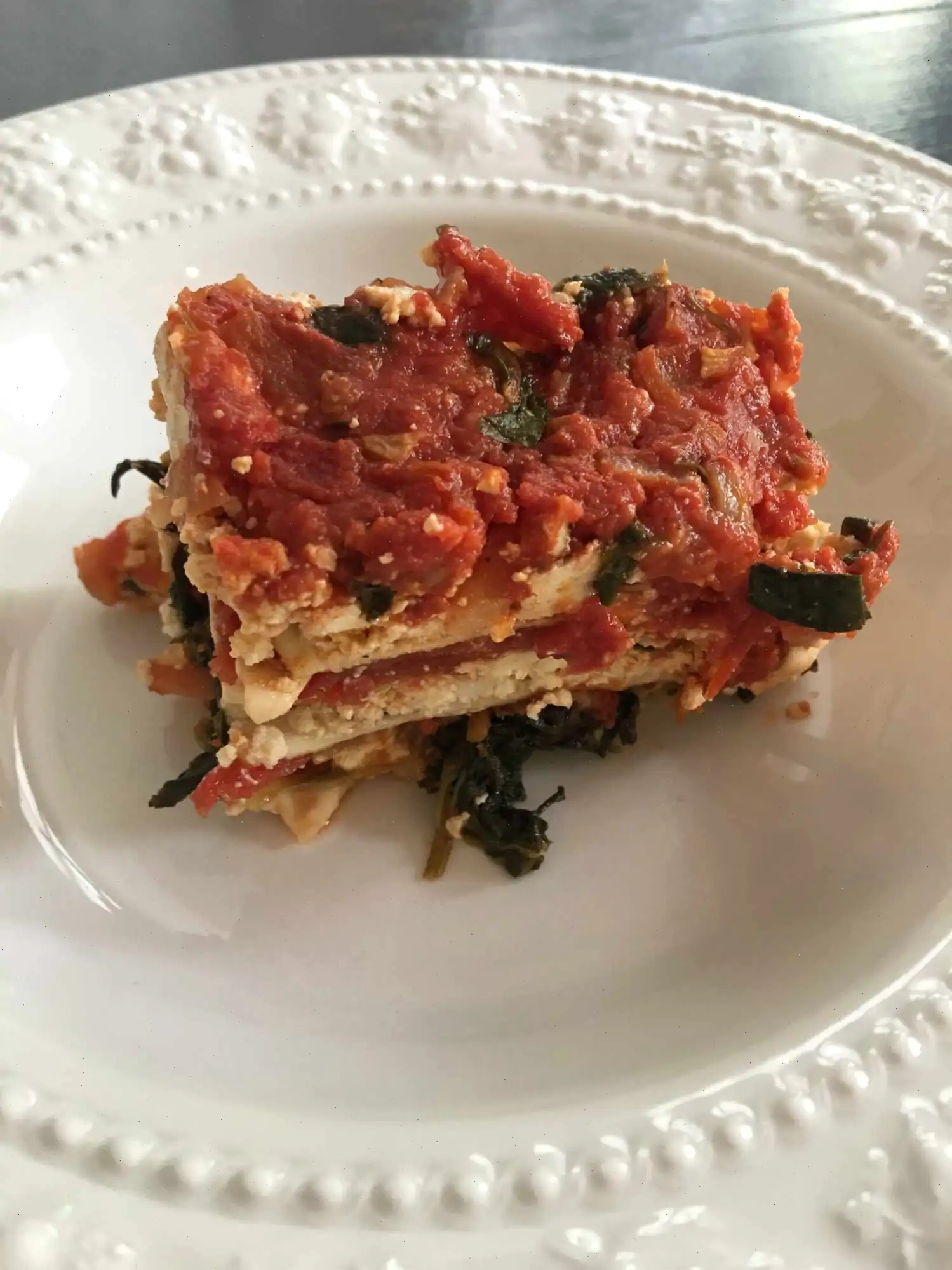
Mediterranean Pearl Couscous Recipe
Ingredients
This recipe serves 3 and was developed for its original yield. Quantities may be adjusted automatically, but cooking steps and times remain the same. Note that scaling may affect results.
- 2/3 cup Israeli couscous
- 1/2 teaspoon salt
- 1 1/2 tablespoons pine nuts
- 1 tablespoon unsalted butter
- 1 medium zucchini, quartered and cut into chunks
- 2 cloves garlic, minced
- 1 tablespoon roughly chopped capers
- 1 (15 ounce) can diced tomatoes
Directions
- Bring a pot of lightly salted water to a boil. Add the couscous and cook until tender, about 14 minutes. Remove from heat.
- Reserve 1/4 cup of the cooking water, then drain the couscous thoroughly and return it to the pot.
- While the couscous cooks, heat a nonstick skillet over medium-high heat until hot. Add pine nuts and toast, stirring frequently, until they turn golden brown and release a nutty aroma, about 1-3 minutes. Remove and set aside.
- In the same skillet, melt the butter. Add the zucchini chunks and saut for 3-4 minutes until lightly tender.
- Add the minced garlic and chopped capers. Stir constantly for 30 seconds to 1 minute until fragrant.
- Pour in the diced tomatoes and season with salt and pepper. Cook, stirring occasionally, for 3-5 minutes until slightly reduced.
- Mix in the cooked couscous and toasted pine nuts. If the sauce appears too dry, gradually stir in the reserved cooking water, 1 tablespoon at a time, until the desired consistency is reached.
- Serve immediately, enjoying the warm, nutty, and savory flavors.
Nutrition Facts (per serving)
- Calories: 146
- Total Fat: 8g (10%)
- Saturated Fat: 3g (14%)
- Cholesterol: 10mg (3%)
- Sodium: 586mg (25%)
- Total Carbohydrates: 17g (6%)
- Dietary Fiber: 4g (15%)
- Total Sugars: 5g
- Protein: 4g (9%)
- Vitamin C: 27mg (30%)
- Calcium: 68mg (5%)
- Iron: 2mg (10%)
- Potassium: 496mg (11%)
*Percent Daily Values are based on a 2,000 calorie diet. Your daily values may be higher or lower depending on your calorie needs. Nutrient data may not be available for all ingredients. Consult a healthcare professional for medically restrictive diets.
The Story Behind Mediterranean Pearl Couscous
Pearl couscous, also known as Israeli couscous, has a fascinating origin that dates back to the 1950s. Unlike traditional North African couscous, which is steamed and made from fine semolina, pearl couscous was developed in Israel as a way to create a larger, chewier pasta-like grain that could be boiled like rice. Its round, pearl-like shape made it visually appealing and versatile in a variety of dishes.
Regional Variations and Characteristics
Although pearl couscous originates from Israel, it has spread across the Mediterranean region and is commonly found in Middle Eastern, North African, and Mediterranean cuisines. In Israel, it is often served with olive oil, vegetables, and herbs, while in Morocco or Lebanon, it might be cooked with a rich tomato sauce, spices, and sometimes meat or seafood. Each region adds its unique touch, whether through the inclusion of pine nuts, capers, or local spices, making the dish adaptable to both vegetarian and non-vegetarian diets.
How It Differs from Similar Dishes
Pearl couscous is often confused with traditional couscous or pasta, but it has distinct characteristics. Unlike fine couscous, which has a fluffy, granular texture, pearl couscous is larger, with a chewy, slightly nutty consistency that absorbs sauces well. Compared to pasta, it is more resilient and can be toasted before cooking to add a deeper flavor. This unique texture makes it ideal for salads, side dishes, and warm Mediterranean bowls.
Where It Is Commonly Served
Mediterranean pearl couscous is popular both in homes and restaurants. It is frequently served as a side dish alongside grilled fish, roasted meats, or vegetables. In Mediterranean and Middle Eastern restaurants, it may be presented as part of a mezze platter, while at home, it is often a quick weekday dish due to its fast cooking time. Its versatility allows it to complement a variety of meals, from casual dinners to festive gatherings.
Interesting Facts About Pearl Couscous
- Pearl couscous was originally called "ptitim" in Israel, meaning little grains.
- It can be toasted in a skillet before cooking, enhancing its nutty aroma and flavor.
- Although traditionally made from wheat, gluten-free versions made from rice or corn are increasingly popular.
- Its round shape makes it visually attractive, which is why it is often used in salads and decorative platters.
- Despite being a relatively modern invention, it has become a staple in Mediterranean kitchens worldwide.
With its rich history, adaptable cooking methods, and delightful texture, Mediterranean pearl couscous is more than just a side dish; it is a culinary bridge connecting modern Israeli cuisine with traditional Mediterranean flavors.
FAQ about Mediterranean Pearl Couscous Recipe
Comments
Jeffrey Walker
04/22/2024 07:18:34 PM
No modifications needed, but I might consider adding extra capers.








